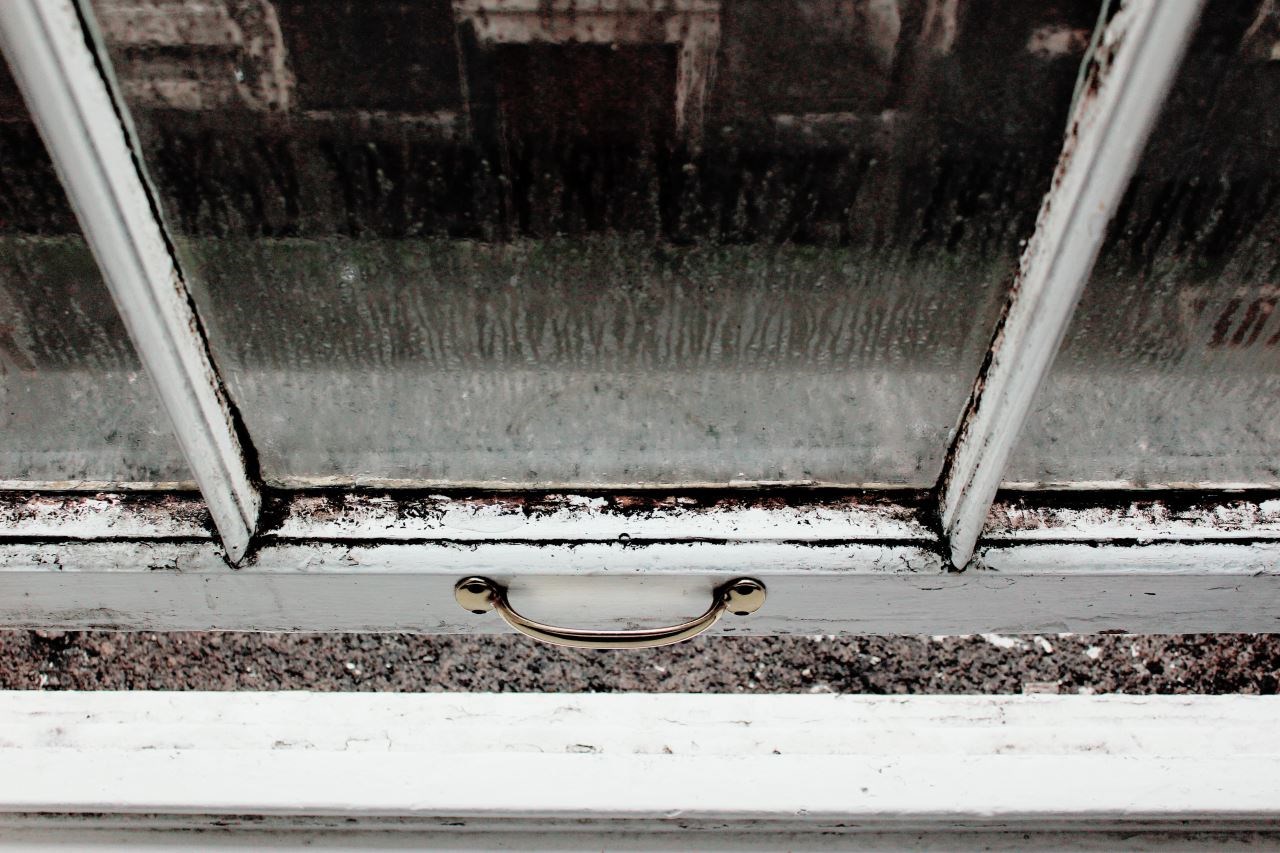Condensation and Mould can be a big problem in your home, especially during the winter months. Whether you are a Landlord, Tenant or Homeowner these tips should help you control and prevent condensation and mould within your home.
Causes of Condensation and Mould
Condensation occurs due to the moisture that the air can hold – the warmer the air, the more moisture it can hold. When moist air comes into contact with a surface that is colder e.g: a wall or a window, the air is unable to hold the moisture and little drops of water appear. It can also happen in places where the air cannot circulate such as, behind furniture, the corners of rooms and inside wardrobes.
Mould then occurs if nothing is done about the condensation and looks like little black spots usually on the inside of external walls and in the corners of rooms and in poorly ventilated spaces.
Top tips to reduce condensation
1. Create less moisture
One of the best ways to stop condensation from building up in your home is to be mindful of how much moisture your household produces. An average household can produce around 24 pints of moisture in just one day. This is due to activities such as; cooking, showering, washing and drying clothes, and even just breathing. So making little changes such as; keeping lids on pans when cooking, drying clothes outside and avoid drying them inside especially on radiators etc. Can make a big difference.
2. Ventilate your property
Making sure your property is sufficiently ventilated is another important step you should take to prevent the build up of condensation. The easiest way you can do this is by keeping a window or vent open for a while each day, you could also use trickle vents. When cooking you should also open the window in your kitchen and/or use an extractor fan so that the moisture produced whilst cooking can escape. If you must dry your clothes inside, this should be done in a small room with windows open. Finally, you should also allow air to circulate around furniture – this can be achieved by making sure you do not over fill your furniture such as wardrobes and cupboards and also leave a bit of space between the wall and the furniture so that air can freely move around them.
3. Heat your home
If your house is warm it is less likely that condensation can occur. The best way to do this is by maintaining a low heat throughout the day if the weather is cold or wet – this is better than just short bursts of high heat throughout the day.
How to treat Mould
If mould is present in your property you should treat it as quickly as you can as leaving it untreated can cause you and your household health problems such as respiratory problems, wheezing and coughing and shortness of breath which can be made worse if you are already diagnosed with a respiratory condition. Mould is a living organism and needs to be killed to get rid of it. The best way to do this is by using a chemical-based treatment (make sure you follow the manufacturers instructions). This may have to be done a few times to effectively get rid of the mould. It’s always best to protect yourself whilst treating mould by using rubber gloves, wearing goggles and a dust mask and you should also make sure you open a window for ventilation.
Who is responsible for condensation and mould – Tenant or Landlord?
Determining whether mould in a property is due to the tenant’s lifestyle or the property has poor ventilation, which is down to the Landlord, is difficult. Legally it is the Landlords responsibility to resolve any mould issues that are caused by structural faults. However, the tenant is responsible if mould occurs due to their lifestyle such as drying clothes indoors, showering and not opening the bathroom windows and/or turning on the extractor fan, not adequately heating the property and cooking without using the extractor fan and/or opening the kitchen window then the Landlord should be able to retain the cost of the damages from the tenant’s deposit. So, it is ultimately the Landlords responsibility to deal with the problem, but the tenant also needs to take responsibility for their lifestyle and make sure they heat and ventilate the property.
If you still need any more information, please contact us and we will be more than happy to help.

